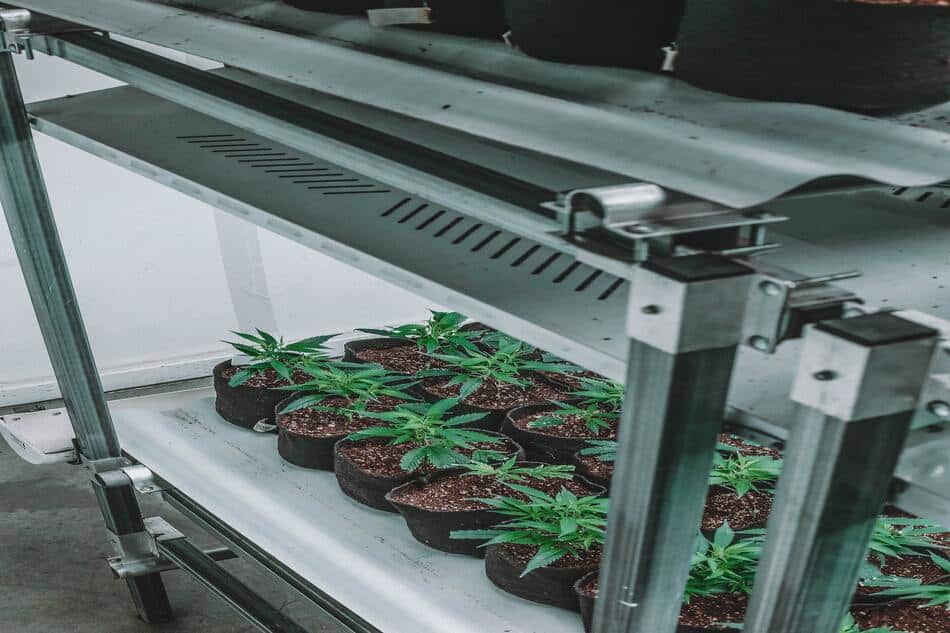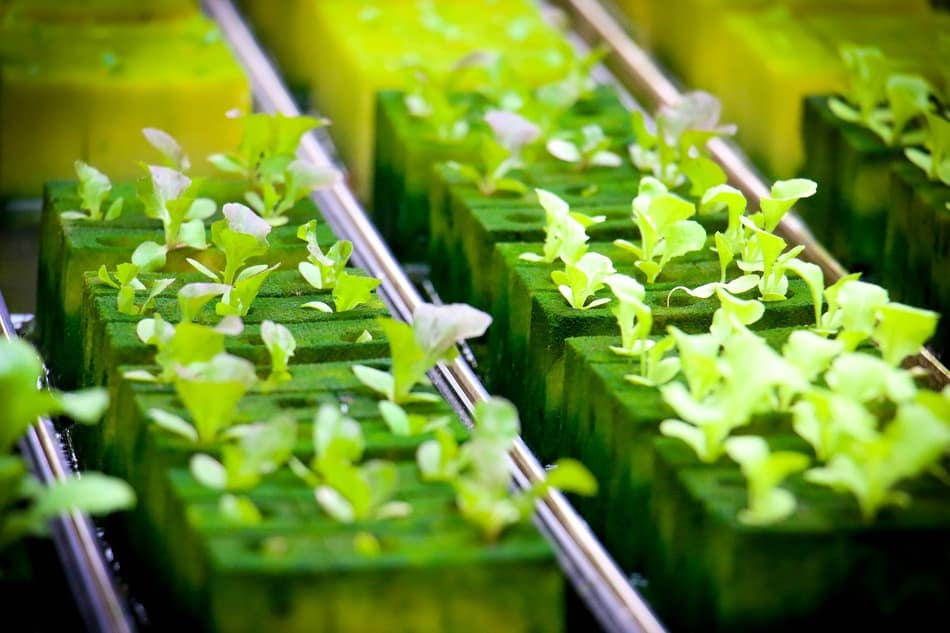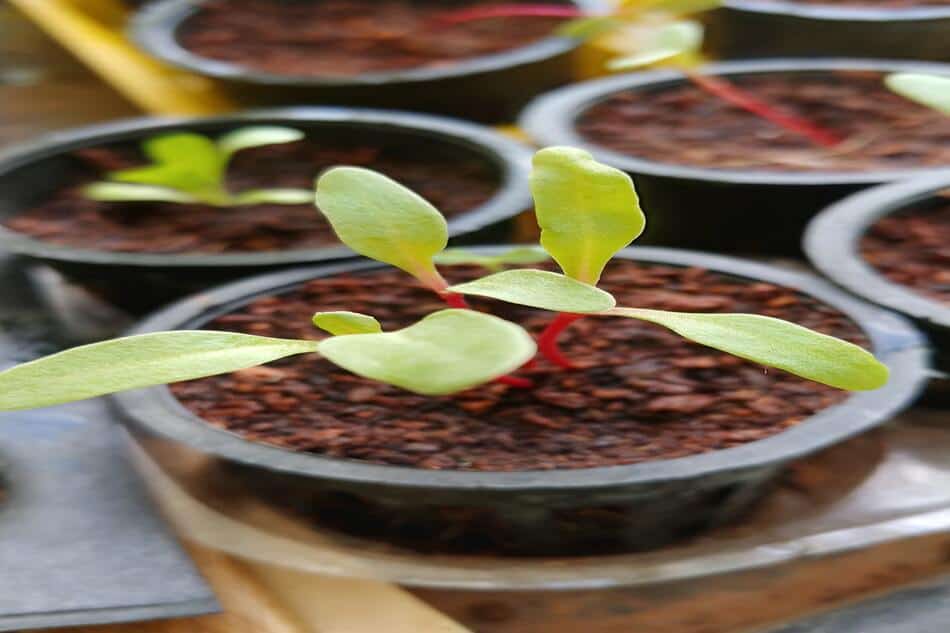If you’re running a hydroponic garden, then you must keep pH levels stable. pH instability can cause your plants to wilt and die, so you must take the necessary steps to maintain pH stability. In this article, I will discuss the different methods that you can use to keep pH levels stable in your hydroponic garden. I’ll also provide some tips on how to troubleshoot pH problems. So if you’re looking for information on how to keep pH stable in hydroponics, then you’ve come to the right place!
There are a few ways to keep pH levels stable in hydroponics, including using a pH test kit, adding buffers to the water, and choosing plants that are tolerant of a wide range of pH levels.
The pH of a solution is a measure of its acidity or alkalinity. The lower the pH, the more acidic the solution; the higher the pH, the more basic or alkaline the solution. In general, most plants prefer a slightly acidic environment, with a pH between about and. However, some plants (such as blueberries) prefer a more acidic environment, with a pH of or below.
Let’s start by looking for the following:
What Is pH And Why Is It Important In Hydroponics?
pH is a measure of the acidity or alkalinity of a solution. The lower the pH, the more acidic the solution; the higher the pH, the more basic or alkaline the solution. In general, most plants prefer a slightly acidic environment, with a pH between about and. However, some plants (such as blueberries) prefer a more acidic environment, with a pH of or below.
pH is important in hydroponics because it affects the availability of nutrients to plants. If the pH is too low, nutrients may not be readily available to plants. If the pH is too high, nutrients may become “locked out” and unavailable to plants. For optimal growth, it is important to maintain the pH within the ideal range for your plants.
The pH Of Hydroponic Is Determined By The Following Factors:
Several factors can affect the pH of your hydroponic solution, including the type of nutrient solution you’re using, the type of growing medium you’re using, and the presence of dissolved minerals in your water. It’s important to test the pH of your solution regularly and make adjustments as needed to keep it within the ideal range for your plants. It will also help to keep pH stable in a hydroponic garden.

Methods For Maintaining pH Stability In Hydroponics
As we’ve seen, pH instability can be a serious problem for hydroponic gardens. In this section, I’ll discuss three methods that you can use to keep pH levels stable in your system.
The first method is to use a pH controller. A pH controller is a device that automatically monitors and adjusts the pH of your solution. This is a great option if you want to maintain strict control over the pH of your system and don’t want to have to worry about manually adjusting it on a regular basis.
The second method is to add buffers to your solution. Buffers are chemicals that help stabilize the pH of your solution and prevent sudden changes. This is a good option if you’re worried about fluctuations in the pH of your solution and want to take a proactive approach to maintain stability.
The third method is to use pH-neutral growing media. This type of media is designed to maintain a stable pH environment for your plants, regardless of the fluctuations in the pH of your solution. This is a good option if you’re concerned about the potential effects of pH instability on your plants.
No matter which method you choose, it’s important to monitor the pH of your system on a regular basis and make adjustments as needed to keep it within the ideal range for your plants. You can ensure that your hydroponic garden will be healthy and thriving for years to come by taking these steps!
Troubleshooting Tips For When pH Goes Out Of Balance

Even with the best of intentions, the pH of your hydroponic solution can go out of balance. If this happens, don’t panic! Here are a few troubleshooting tips to help you get your system back on track.
First, check all of your equipment to ensure that it’s working properly. This includes your pH meter, as well as any pumps or other devices you’re using to circulate your solution. If everything is working properly, the next step is to check your growing medium. If you’re using soil, make sure that it’s not too acidic or alkaline. You can test the pH of your soil with a simple home testing kit.
If you’re using a hydroponic growing medium, such as coco coir or perlite, the pH of your solution may have been affected by bleaching. This happens when water washes away nutrients from your growing medium, causing the pH to become unbalanced. To fix this problem, flush your system with fresh water and then test the pH of your solution again.
Finally, if you’re still having trouble getting the pH of your system within the ideal range, don’t hesitate to ask for help from a professional grower or hydroponic retailer. They’ll be able to offer advice on how to adjust the pH of your solution and troubleshoot any problems you may be having.
By following the tips in this article, you should be able to keep the pH of your hydroponic solution within the ideal range for your plants. You can ensure that your plants will stay healthy and thrive by taking these steps!
FAQs About How To Keep pH Stable In Hydroponics
Q: How often should I test the pH of my hydroponic solution?
A: It’s a good idea to test the pH of your solution on a weekly basis. This will help you keep an eye on any changes that may be happening and make adjustments as needed.
Q: My plants are starting to look yellow and unhealthy. Could it be because of the pH of my solution?
A: It’s possible that the pH of your solution is out of balance and causing your plants to become yellow and unhealthy. If you think this may be the case, test the pH of your solution and make adjustments as needed.
Q: I’m having trouble keeping the pH of my solution within the ideal range. What should I do?
A: If you’re having trouble keeping the pH of your solution within the ideal range, don’t hesitate to ask for help from a professional grower or hydroponic retailer. They’ll be able to offer advice on how to adjust the pH of your solution and troubleshoot any problems you may be having.
Final Thoughts
If you’re running a hydroponic garden, then it’s important that you keep pH levels stable. pH instability can cause your plants to wilt and die, so it’s essential that you take the necessary steps to maintain pH stability. The methods I have discussed in this article should help you achieve pH stability in your hydroponic garden. If you encounter any problems with pH levels, be sure to troubleshoot them as soon as possible.
Thanks for reading!
Popular Articles:
How To Grow Popcorn Microgreens

